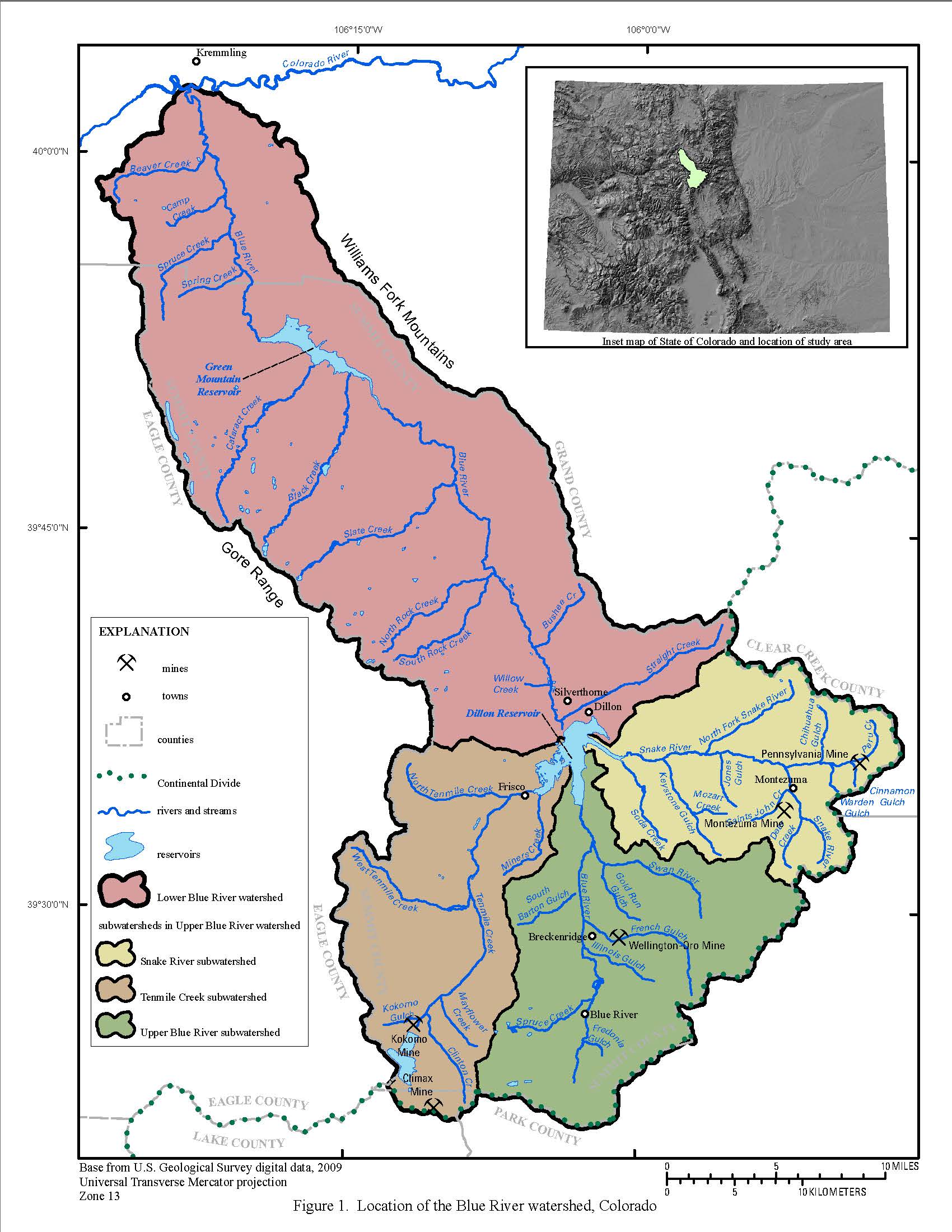Water Department
The BMMD operates a community water supply system that supplies drinking water to 2,500 residents located within Summit County, Colorado, and up to 10,000 visitors during peak holiday time periods. The BMMD obtains the drinking water from four (4) wells in the Blue River Watershed.
The watershed drains northward from Quandary Peak at 14,265 feet to where it flows into the Colorado River south of Kremmling at 7,400 feet. The Upper Blue River Watershed is formed by three major tributaries that drain into Dillon Reservoir: Snake River, Blue River and Ten Mile Creek. The Middle Blue River Watershed extends from Dillon Reservoir to Green Mountain Reservoir and is approximately the same size as the Upper Blue River Watershed. The Middle Blue includes portions of Ptarmigan Wilderness Area to the east and Eagles Nest Wilderness Area on the west. The Lower Blue River Watershed covers the outlet of Green Mountain Reservoir to the confluence with the Colorado River.
A watershed is a basin-like landform defined by highpoints and ridge lines that descend into lower elevations and stream valleys. A watershed carries water "shed" from the land after rain falls and snow melts. Drop by drop, water is channeled into soils, ground waters, creeks, and streams making its way to larger rivers and eventually the sea.
Summit County Watershed

